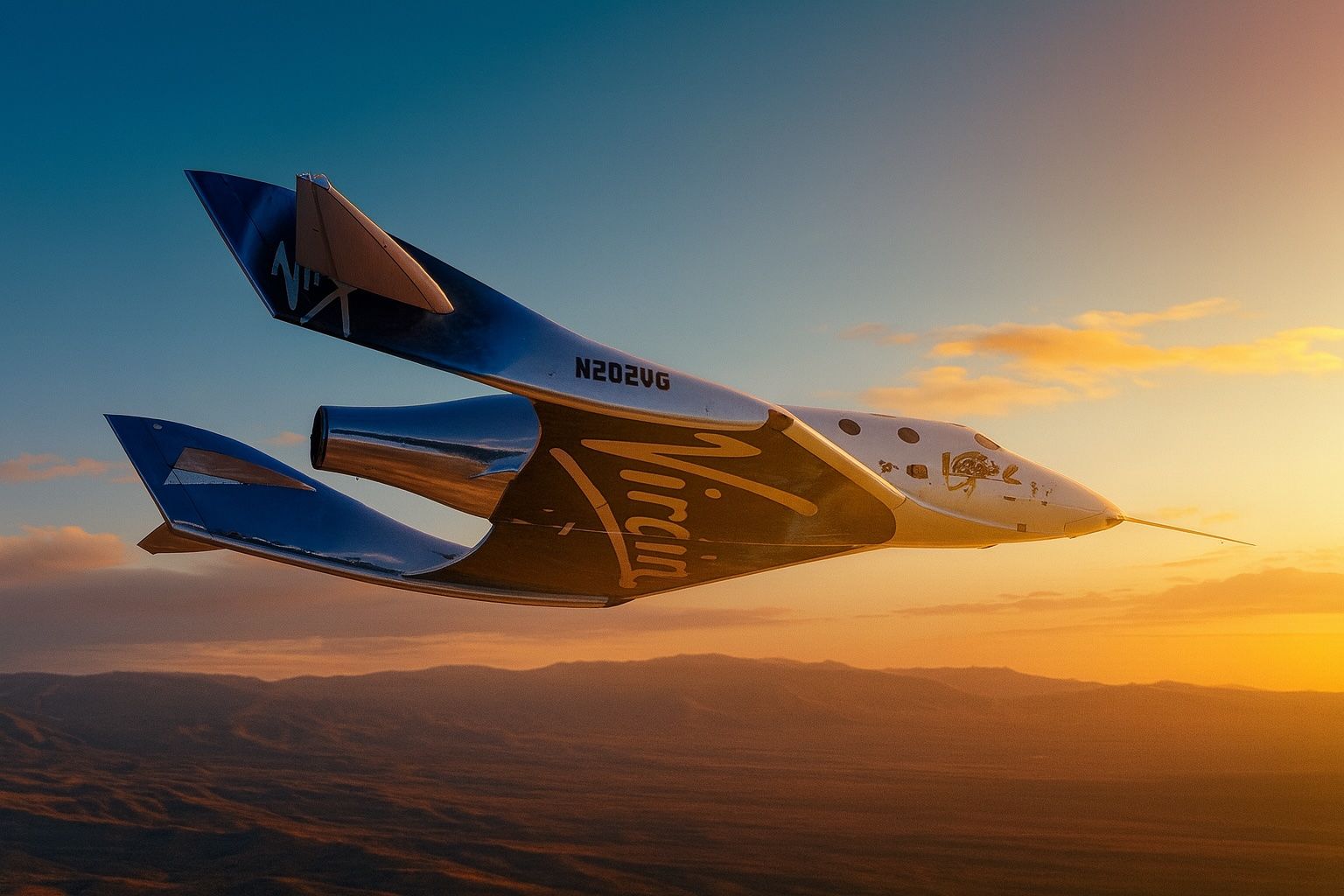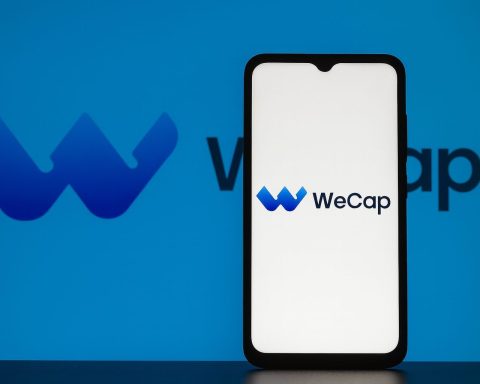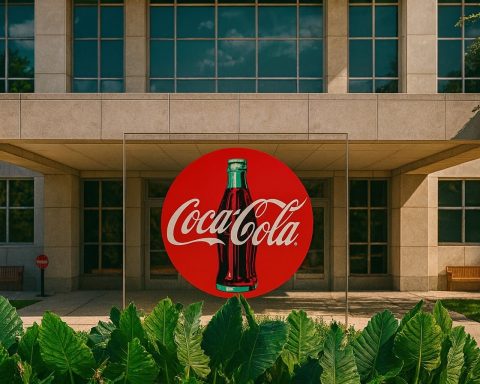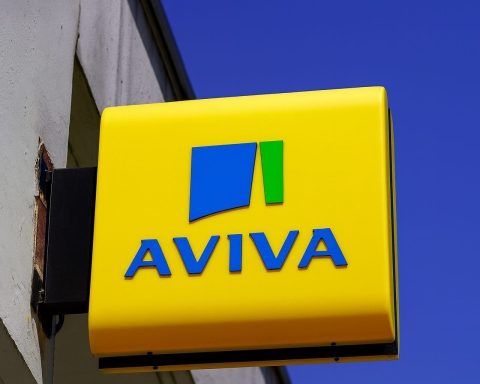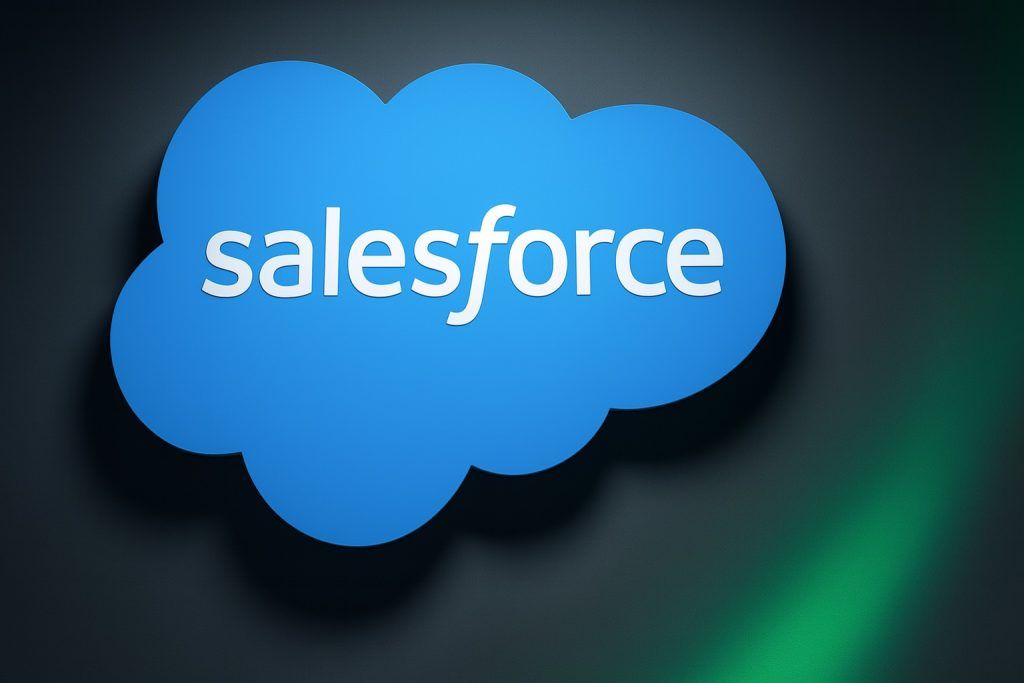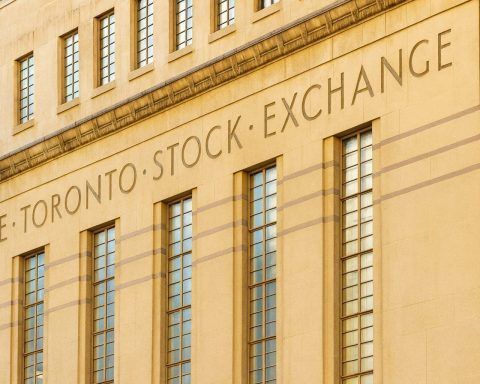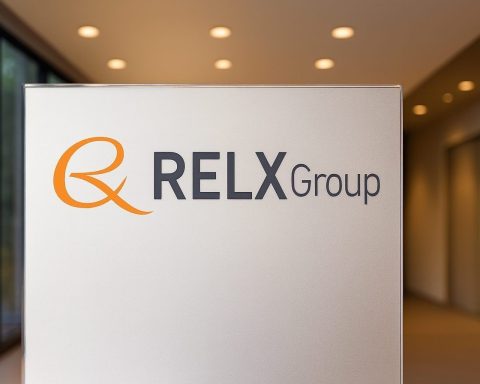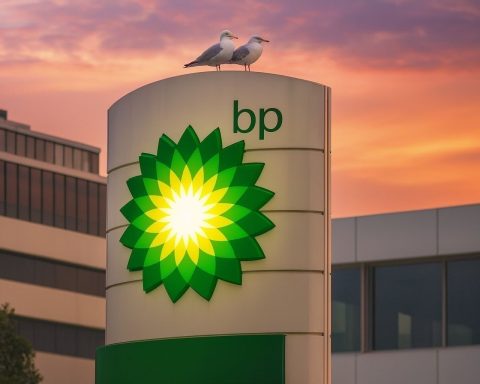- Stock price and recent performance: On 1 October 2025 Virgin Galactic Holdings, Inc. (NYSE: SPCE) closed at $3.42, down 1.44 % from the previous day. After‐hours trading nudged the price to $3.44. The prior close was $3.47 and the day’s range was $3.35–$3.55 [1].
- Market snapshot: The stock’s 52‑week range is $2.18–$8.19 and its market capitalisation is about $197 million [2]. With a beta of 2.13 and EPS of −$8.20, SPCE remains highly volatile [3]. The one‑year target price from analysts is $4.08 [4].
- Recent returns: SPCE’s year‑to‑date return through 26 September 2025 was −41.84 %, and the one‑year return was −43.28 %, vastly underperforming the S&P 500’s 12.96 % YTD gain [5].
- Latest earnings: For the quarter ended 30 June 2025, Virgin Galactic reported revenue of $406 000 and a net loss of $67.28 million ($1.47 per share) [6] [7]. The loss was narrower than the $4.36 per-share loss a year earlier. Free cash flow remained −$114 million, and capital expenditures increased to $58 million [8].
- Cash and liquidity: The company raised $56 million through an at‑the‑market equity offering and ended the quarter with $508 million in cash [9]. Cash burn is expected to be $100–110 million in Q3 2025 [10].
- Next earnings date: Virgin Galactic is scheduled to report earnings again on 5 November 2025 [11].
In‑Depth Report
1. Stock Performance Around 1 October 2025
Virgin Galactic shares hovered near multi‑year lows heading into October 2025. On 1 October, SPCE closed at $3.42; after‑hours trading modestly lifted the price to $3.44 [12]. The stock had tumbled about 41 % year‑to‑date through late September, extending a five‑year decline of roughly 99 % [13]. Volume on 1 October (about 2.2 million shares) trailed the average daily volume of 3.48 million [14], suggesting subdued investor interest.
In the days preceding 1 October, SPCE drifted between $3.30 and $3.70, reflecting investor skepticism after the company’s August earnings release. The negative sentiment stems from ongoing cash burn and delayed commercialization, although recent board amendments and speculation over settlement of legal claims temporarily lifted the stock in mid‑September [15].
2. Recent News and Events (Late September – Early October 2025)
Legal Settlement and Governance Changes
- Disclosure settlement: In mid‑September, Virgin Galactic reached a settlement related to allegations that it failed to disclose engineering flaws and accounting issues. The agreement offers compensation to shareholders who bought SPCE between July 2019 and August 2022, without requiring them to sell shares [16]. Analysts noted that while the settlement may improve management’s credibility, the company still faces minimal revenue, significant historical losses and a limited cash runway [17].
- By‑law amendments: Around the same time, the board adopted sweeping amendments to its by‑laws, altering shareholder vote thresholds and director nomination procedures. Investors interpreted these governance changes as an attempt to modernize the company and stabilize leadership. Although SPCE shares had lost about half their value over the past year, the stock drifted upward after the announcement as market participants digested the news [18]. Some analysts argued that a price‑to‑book ratio of 0.7 versus the aerospace industry average of 3.2 signals undervaluation or investor skepticism [19].
- Inducement award: On 14 August 2025 the company granted a time‑based inducement restricted stock unit award of 11 019 shares to a new non‑executive employee. The award vests over three years and is intended to attract talent amid the company’s growth plans [20].
Q2 2025 Earnings and Business Update
Virgin Galactic’s Q2 2025 results provided mixed signals. Revenue was a mere $406 000, down from $4.22 million the prior year [21]. Despite this revenue slump, the company reported a net loss of $67.28 million ($1.47 per share), which was a significant improvement from the $4.36 per‑share loss in Q2 2024 [22]. Capital expenditures surged to $58 million as the company invests in its next‑generation Delta class spaceships [23]. Free cash flow remained deeply negative at −$114 million, and management expects Q3 free cash flow between −$100 million and −$110 million [24].
The business update revealed that Virgin Galactic is collaborating with Lawrence Livermore National Laboratory to explore using its launch vehicle as a carrier platform and is exploring a second spaceport in Italy [25]. The company expects wing and feather assembly of its next spaceship to finish in Q4 2025, with fuselage completion by late Q4 2025 or early Q1 2026, and aims to start research and private astronaut flights in fall 2026 [26]. These timelines highlight the long road ahead before significant revenue generation.
Analyst Commentary and Price Targets
- Bernstein analysis: Analysts at Bernstein remained bearish after Q2 results. They highlighted high cash burn and delayed flight ramp, noting the company burned $114 million in Q2 and expects similar outflows in upcoming quarters. Bernstein cut its price target from $3 to $2 and maintained an Underperform rating, warning that commercialization likely won’t commence until fall 2026. The firm believes Virgin Galactic will need substantial additional capital to fund the Delta and LVX mothership programs and concluded that the risk of dilution remains high [27].
- Zacks Investment Research: Zacks rated SPCE as a “Hold” (Rank #3). Its August note emphasised that the company’s Q2 loss of $1.47 per share was narrower than the expected loss of $2.12, resulting in a 30.66 % earnings surprise [28]. However, Zacks warned that the stock had lost about 32.1 % year‑to‑date and that consensus estimates pointed to continued losses in the coming quarters [29].
- Benzinga price forecasts: An August 2025 price prediction article provided near‑term technical forecasts. For 2025, it predicted SPCE could fluctuate between $3.80 and $4.05, reflecting modest upside but acknowledging heavy short interest (>25 %) and volatility [30]. For 2026, projections ranged between $3.68 and $3.81, and the article suggested commercialization of space travel may gradually build investor confidence though competitive pressures remain [31]. Long‑term forecasts, including a speculative target as high as $36 by 2030 if commercial space tourism matures, were framed as highly uncertain “dart throws” [32].
3. Forecasts and Outlook
Financial Outlook
Virgin Galactic’s short‑term outlook remains challenging. Management’s guidance implies continued nine‑figure cash burn and limited revenue until at least late 2026, meaning additional capital raises may be required. The company ended Q2 2025 with $508 million in cash but expects to burn $100–110 million per quarter [33], which suggests roughly 18 months of runway absent new financing. Wall Street analysts’ price targets average $4.08, indicating mild upside from current levels but a lack of consensus on the company’s long‑term viability [34].
Forecast models hinge on the company successfully launching its Delta class suborbital spacecraft, achieving higher flight cadence and reducing per‑flight costs. If the Delta fleet enters service in 2026 as planned, Virgin Galactic could begin generating revenue from $600 000 per seat ticket sales (an increase from previous prices) to private astronauts and researchers [35]. However, delays or technical setbacks could push commercialization further out, prolonging cash burn and investor frustration.
Operational Milestones and Risks
- Delta fleet development: Completion of wing and fuselage components by late 2025 is crucial for assembly and testing [36]. Any supply‑chain delays or testing failures could delay first flights.
- LVX mothership: Virgin Galactic is designing a new LVX mothership to increase flight frequency, but this program also requires significant capital and could strain resources [37].
- Regulatory approvals: The company operates under Federal Aviation Administration (FAA) oversight. Past accidents and safety concerns have led to temporary grounding of its spacecraft. Successful flight testing and demonstration of safety will be critical for obtaining regular flight permits and customer confidence.
- Funding needs: High capital expenditures may require additional equity or debt financing, diluting existing shareholders. The company’s low market capitalization relative to cash needs adds financing risk.
4. Industry Landscape: Commercial Space Tourism & Competitors
The commercial space tourism industry is still nascent. Virgin Galactic competes with Blue Origin, SpaceX, and several small startups. Blue Origin’s New Shepard has completed multiple crewed suborbital flights and resumed operations after a 2024 accident. SpaceX has flown private astronauts to orbit through its Inspiration4 and Axiom Mission programs and is developing the Starship vehicle for lunar and Mars missions. Unlike Virgin Galactic’s 90‑minute suborbital flights, SpaceX’s orbital missions cost tens of millions of dollars but offer days in space.
Competitive pressures: Virgin Galactic’s suborbital experience is more affordable relative to SpaceX’s orbital flights, but Blue Origin’s New Shepard offers a similar suborbital experience. Blue Origin can leverage the deep pockets of founder Jeff Bezos. SpaceX’s success with reusability and NASA contracts lends credibility and may attract high‑net‑worth individuals who prefer the prestige of flying with SpaceX.
Regulatory and technological trends: The FAA is developing new regulations to oversee commercial human spaceflight. With increased activity, regulators may impose stricter safety standards, which could increase costs for Virgin Galactic and peers. Advances in reusable rocket technology, materials science, and autonomous flight systems may drive down costs but also favor companies with deeper engineering expertise. Public interest in environmental impacts of rocket launches may influence policy and push companies toward greener propulsion systems.
5. Expert Commentary and Industry Perspectives
Financial analysts are divided on SPCE. Optimists argue that the company’s low price‑to‑book ratio of 0.7 relative to peers suggests the market undervalues the potential of a successful space tourism business [38]. They highlight Virgin Galactic’s brand recognition, early mover advantage and partnerships with research institutions. Some valuation models even suggest a theoretical fair value as high as $111.4 per share [39], though such models assume successful commercialization and robust demand.
Skeptics focus on the minimal revenue, persistent losses, and the long runway before commercial operations generate substantial cash. The broad range of fair value estimates—from $0.60 to $111.40—underscores the uncertainty around SPCE’s future [40]. The ongoing settlement of undisclosed engineering flaws has raised governance concerns, and analysts like Bernstein argue that the need for continuous capital infusions makes the stock risky [41]. Moreover, heavy short interest (>25 %) suggests that many investors are betting against a near‑term turnaround [42].
6. Conclusion: A Speculative Bet on the Final Frontier
Virgin Galactic offers investors exposure to the dream of commercial space tourism, but the path is fraught with financial and operational challenges. The stock’s value has crumbled over the past five years, and although the company has made progress in developing its next‑generation fleet and has a strong cash balance for now, it continues to burn cash at an unsustainable rate. Regulatory scrutiny, fierce competition and technological hurdles could delay commercialization beyond 2026. For risk‑tolerant investors, SPCE may represent a speculative play on the growth of space tourism. Others may prefer to watch from the ground until the company proves it can consistently launch customers to the edge of space — and return value to shareholders.
In summary, Virgin Galactic’s stock hovered near five-year lows at $3.42 on October 1, 2025 amid massive year-to-date losses and heavy volatility [43]. The company reported a Q2 2025 net loss of $67.28 million on just $406,000 of revenue, highlighting a severe cash burn and uncertain path to profitability [44]. Analysts remain cautious: Bernstein recently cut its price target to $2 and noted commercialization delays until at least 2026, while Zacks maintains a Hold rating [45]. Furthermore, technical forecasts see only modest upside to around $4 per share in the near term [46], and the stock remains heavily shorted. These concerns, coupled with fierce competition from Blue Origin and SpaceX and looming regulatory hurdles, paint a picture of high risk for investors.
Nonetheless, the report also points out that Virgin Galactic’s brand recognition and early-mover advantage keep the space-tourism dream alive. The company ended Q2 with a sizable cash cushion, is collaborating with research institutions, and plans to launch its Delta-class spaceship by late 2025 [47]. Optimists note its low price-to-book ratio, suggesting potential undervaluation if commercialization succeeds [48]. Thus, for investors with a high risk appetite, SPCE represents a speculative bet on the future of space tourism. However, most experts advise cautious optimism and recommend waiting for proof of successful flights and reduced cash burn before boarding this rocket.
References
1. finance.yahoo.com, 2. finance.yahoo.com, 3. finance.yahoo.com, 4. finance.yahoo.com, 5. finance.yahoo.com, 6. finance.yahoo.com, 7. finance.yahoo.com, 8. finance.yahoo.com, 9. finance.yahoo.com, 10. finance.yahoo.com, 11. finance.yahoo.com, 12. finance.yahoo.com, 13. finance.yahoo.com, 14. finance.yahoo.com, 15. finance.yahoo.com, 16. finance.yahoo.com, 17. finance.yahoo.com, 18. finance.yahoo.com, 19. finance.yahoo.com, 20. finance.yahoo.com, 21. finance.yahoo.com, 22. finance.yahoo.com, 23. finance.yahoo.com, 24. finance.yahoo.com, 25. finance.yahoo.com, 26. finance.yahoo.com, 27. finance.yahoo.com, 28. finance.yahoo.com, 29. finance.yahoo.com, 30. finance.yahoo.com, 31. finance.yahoo.com, 32. finance.yahoo.com, 33. finance.yahoo.com, 34. finance.yahoo.com, 35. finance.yahoo.com, 36. finance.yahoo.com, 37. finance.yahoo.com, 38. finance.yahoo.com, 39. finance.yahoo.com, 40. finance.yahoo.com, 41. finance.yahoo.com, 42. finance.yahoo.com, 43. finance.yahoo.com, 44. finance.yahoo.com, 45. finance.yahoo.com, 46. finance.yahoo.com, 47. finance.yahoo.com, 48. finance.yahoo.com
